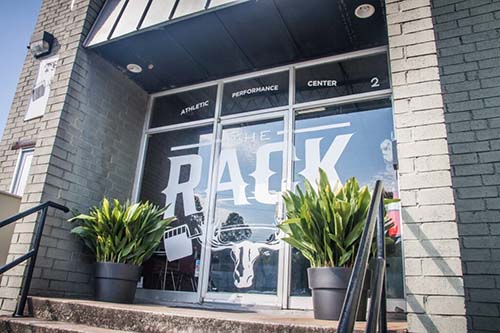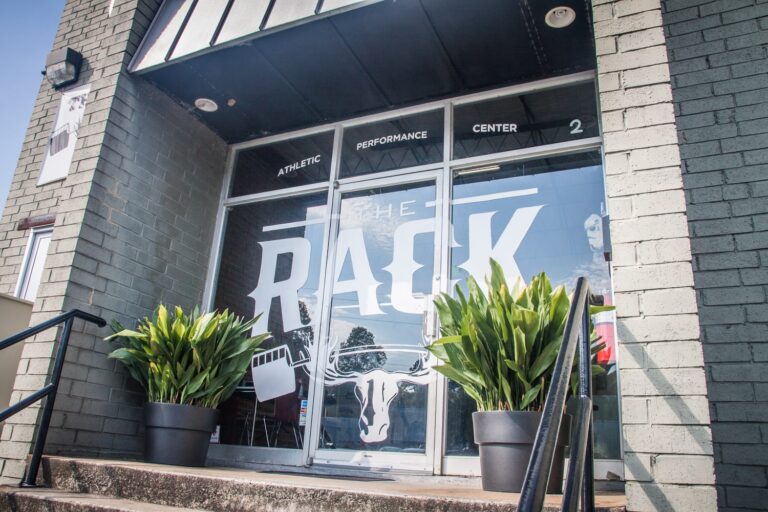What is a Push-Pull Workout and Why is it Effective?

There are many methods and styles of training in the world like compound sets, split routine, complex training, etc. Something that is commonly worked into most clients’ programs is push/pull. What does that mean? That means one set you might focus on one muscle group, for example, the chest, by bench pressing. In the next set, you might work on the back by performing pull-ups. The reason why we program this in our training is that we want to give the opposing muscle group a chance to rest.
When using compound sets, you might work that same muscle group back-to-back. For example, you could bench press for a set then push-ups for the next set. There is nothing wrong with compound sets, but it could increase the chance of injury to that muscle group. Push/pull is very common for split routines where you might work chest and back one day, and legs the next day. This can also benefit whole body days as well. On the days you might work the whole body, you want to try to work the muscle on the opposite side of the body. For example, you might work incline bench press on your first set, the next set you might perform RDLs.
If you ever question your trainer on why they are using the push/pull method, just understand they are giving one muscle group a chance to rest while one works.
Below are some examples of simple push and pull exercises.
Push Lower Body
- Squats
- Deadlifts
- Lunges
- Leg press
Pull lower body
- RDL
- Leg Curls
- Back ext
- Reverse hypers
Push upper body
- Bench press variations (incline, decline, dumbbell, etc.)
- Pushups
- Shoulder press
Pull upper body
- Rows (seated, bent over, single arm)
- Pull-ups
- Curls


